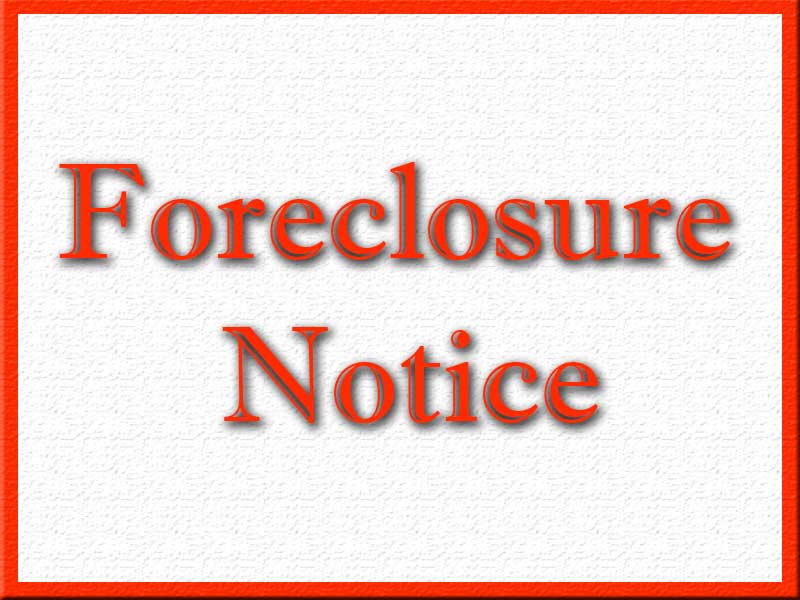 Too many times of late I’ve heard the sad stories of what happened to people during the mortgage crisis that started in 2007. Believe it or not, we are still not through the final liquidation of those assets.
Too many times of late I’ve heard the sad stories of what happened to people during the mortgage crisis that started in 2007. Believe it or not, we are still not through the final liquidation of those assets.
Each month I see foreclosures come on the market and get sold in a relatively short period if time at likely 50% or more discount from what thy had originally sold for back in the early 2000’s on up into 2008. I thought of it today because there was a customer in the office who was foreclosed on and of course her credit is ruined for some time yet. She spoke about the reason she purchased, the reason she was foreclosed on and of course I couldn’t help but ask what the address was on the property. Both she and I were stunned when I looked up to see what it sold for out of the foreclosure. Keep in mind, this property is located in a very good neighborhood and should have sold for far more. Believe it or not, that property was sold to an investor for less than half of what she paid for it in the early 2000’s. She wasn’t acquainted with the name of the purchaser so I informed her that this person along with about a dozen other investors purchase likely 80% of the bank owned properties here in Mason City. That has been going on since the mortgage crisis properties started coming down the chute. It is the mindset of many now who believe enough is never enough. If the opportunity to acquire more is there, they don’t hesitate to take advantage of the situation.
I have been in real estate long enough to see this mortgage crisis cycle take place for the second time, and this time like the last, we find investors picking up properties that should have been purchased by owner-occupants. There has to be a different form of government involvement where potential homeowners can purchase these homes at a greater discount than the investors as well as some sort of forgivable loan be given for the necessary repairs. There would then be a sliding scale of amount owed according to how long the new homeowner stays in the property. So then, say ten years later the loan is totally forgiven as long as the owner is still living in the property. This then creates more anchors being placed in neighborhoods. The more the homeowner improves the property, the more likely other buyers will find that area more appealing and likely purchase their first home in that district. Most people want to live where neighborhoods are on an upward tic rather than downward. Nobody needs to remind me that neighborhoods go through their life cycles, but several decades in the past, life cycle meant that a general district would first have young families, then middle aged, then older, and finally back to the young families. That is what the old definition of neighborhood life cycle was. There is a different definition now.
After we get through the final disposal of the toxic mortgage assets in North Iowa, I greatly hope that it will happen again NEVER so often.
